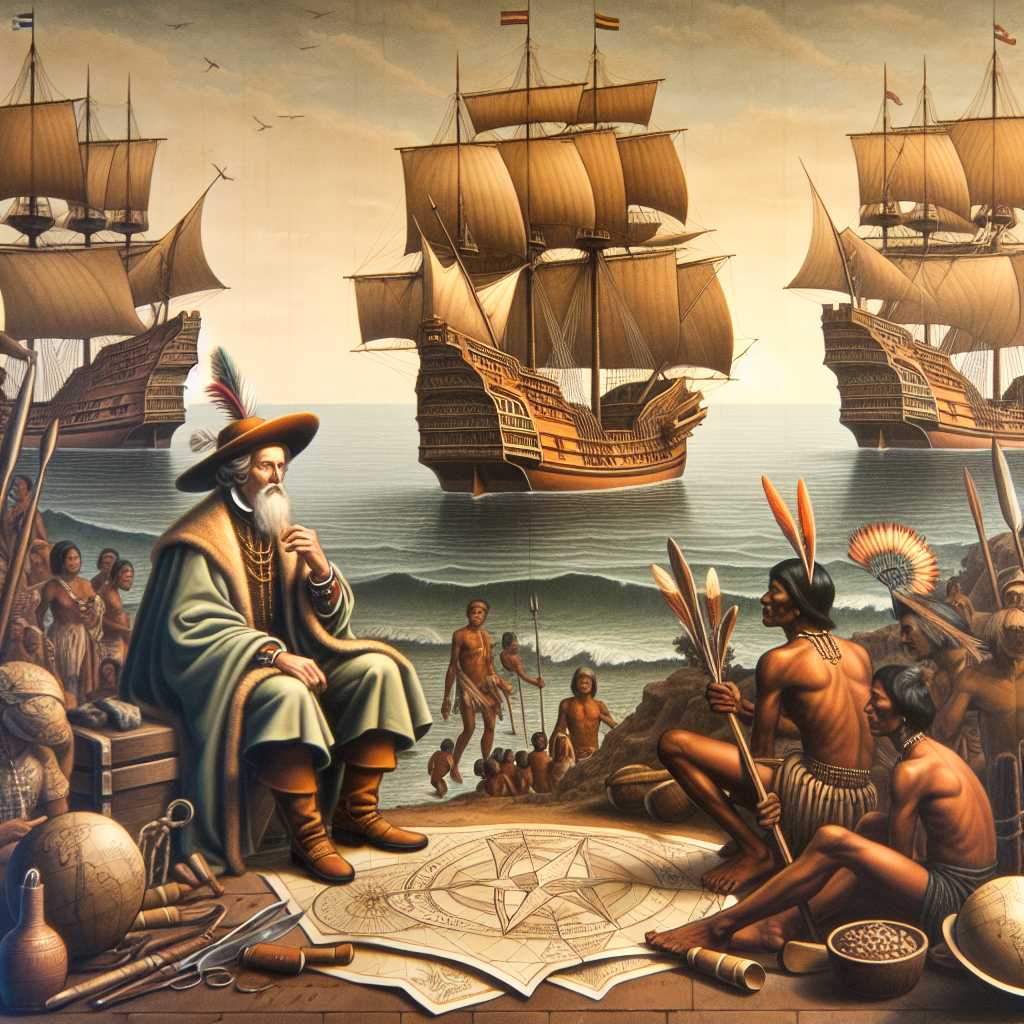The Origins and Celebrations of Columbus Day
Columbus Day, a commemorative holiday, marks the anniversary of Christopher Columbus’s arrival in the Americas on October 12, 1492. It recognizes the contributions of the voyage to geographical and cultural understanding and its broader historical significance despite the controversies surrounding Columbus’s role in colonizing the New World.
Historical Background of Columbus Day
Christopher Columbus, an Italian explorer under the auspices of the Spanish Crown, made what was then an unprecedented voyage across the Atlantic Ocean in search of a westward route to Asia. Instead, he landed in the Bahamas, thus uncovering the existence of the Americas for the European powers. This event is often misleadingly cited as the ‘discovery’ of America, although Native American peoples had inhabited these lands for thousands of years prior.
Columbus Day as a holiday can be traced back to celebrations by American Italian communities in San Francisco as far back as 1869. It first became an official state holiday in Colorado in 1907, and by 1937, President Franklin D. Roosevelt proclaimed October 12 as Columbus Day. In 1971, it was established by Congress as a federal public holiday to be celebrated on the second Monday of October.
Cultural Implications and Celebratory Practices
In many parts of the United States, Columbus Day has been regarded as a celebration of Italian-American heritage, with parades, religious services, and community events. Schools and government bodies are closed, and educational segments focusing on the age of exploration are commonplace.
However, the day is not without controversy. Indigenous peoples and other groups have criticized Columbus Day for commemorating a man who initiated the transatlantic slave trade and symbolizes the beginning of centuries of colonization that resulted in the suffering and death of millions of native peoples.
Alternatives to Columbus Day and Shifts in Perception
This contention has led some states and municipalities to observe Indigenous Peoples’ Day instead, focusing on celebrating Native American culture and history. Others celebrate both holidays or different variations altogether. For instance, “Day of Respect for Cultural Diversity” is observed in some South American countries.
Educational Aspects and Controversy
The lead up to and the observance of Columbus Day provides an opportunity for education around navigation techniques, indigenous civilizations before European contact, as well as a broader history of colonialism. The controversies around this day often lead to discussions among historians, educators and policy makers about how history is taught and what events and actors should be commemorated.
The Future of Columbus Day
As narratives about history evolve with further understanding and consideration for those who have previously been marginalized or misrepresented in historical narratives, some prognosticate that Columbus Day might see declining prominence or might transform entirely to more accurately represent collective memories and values.

